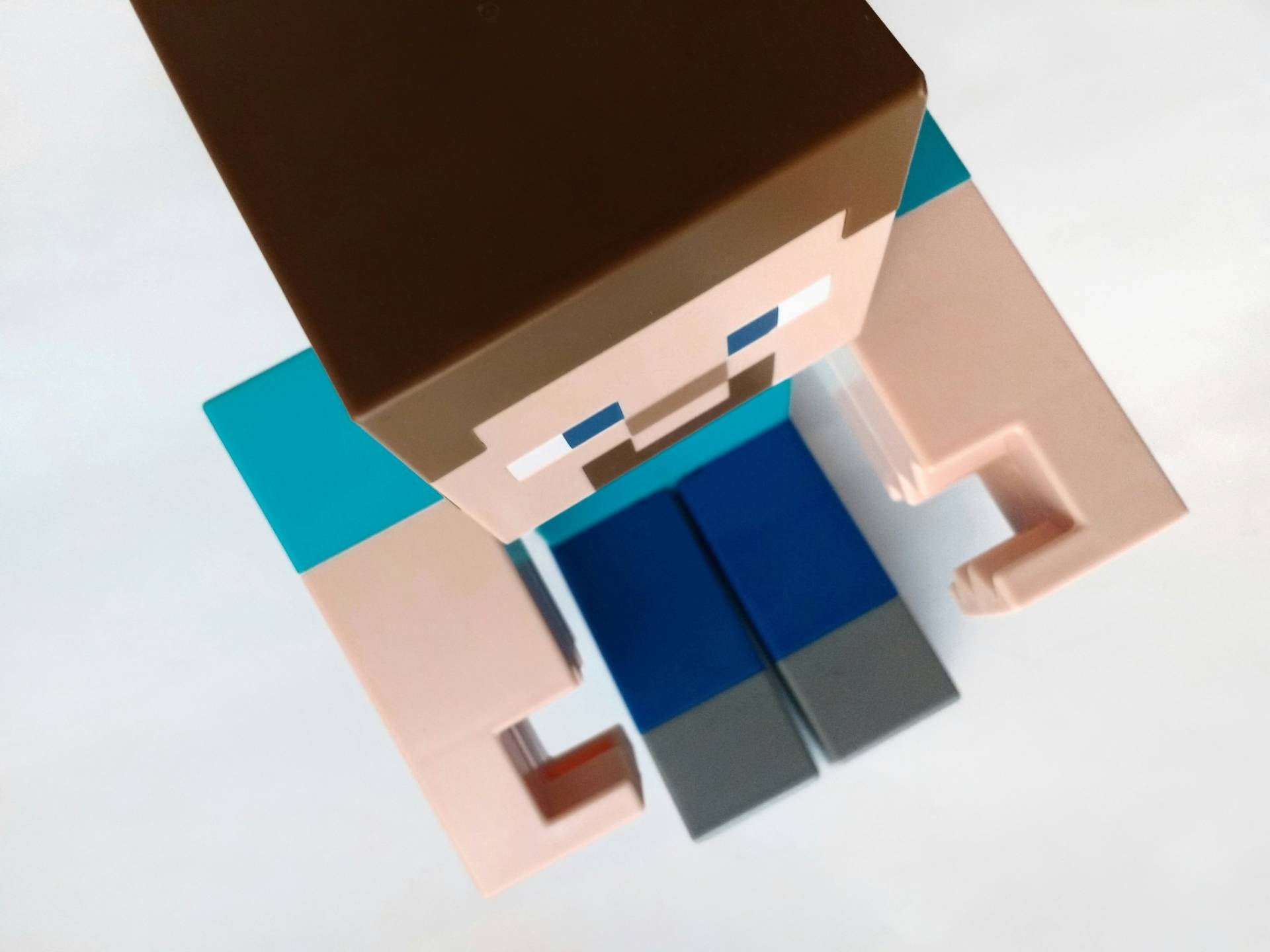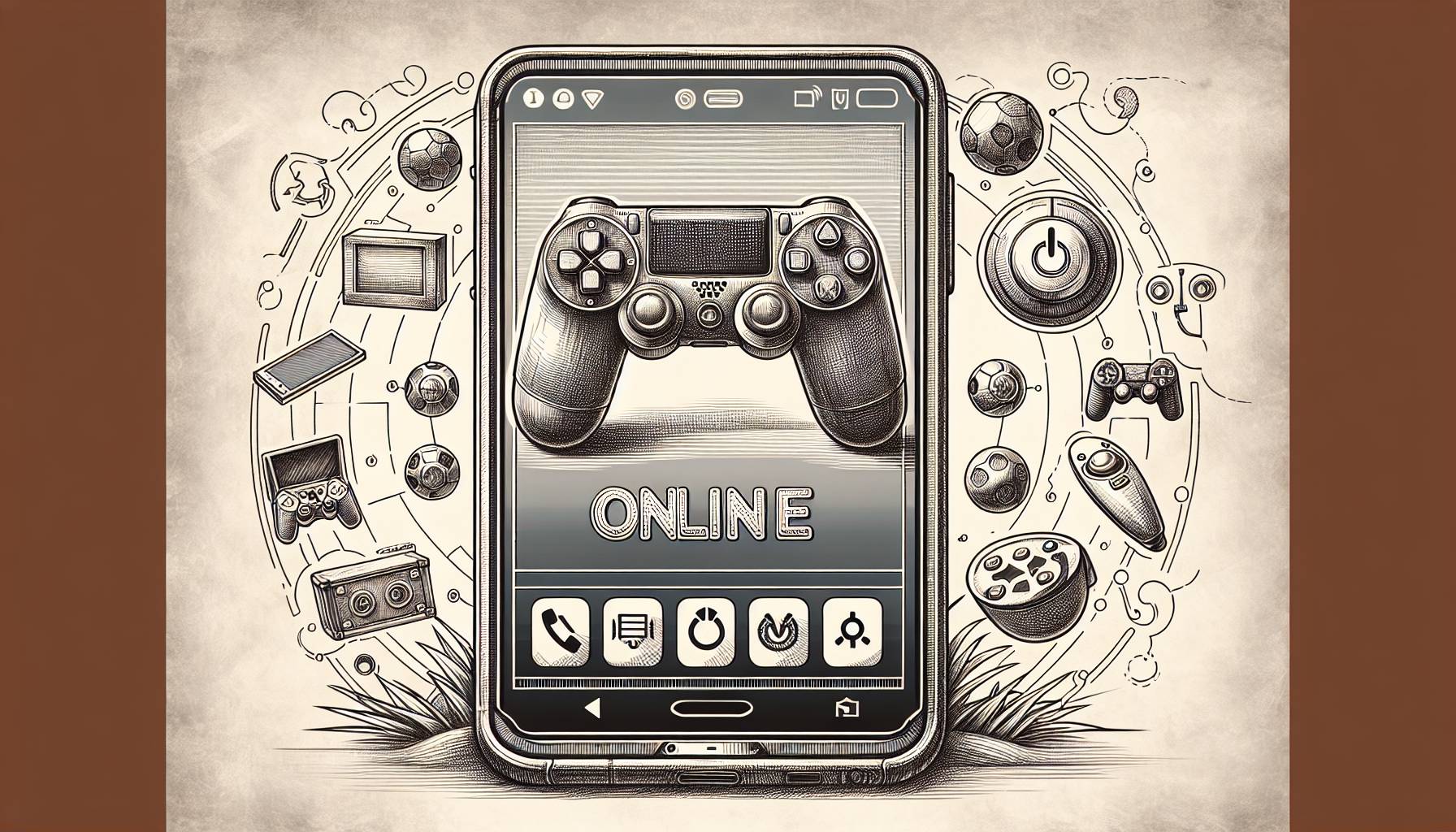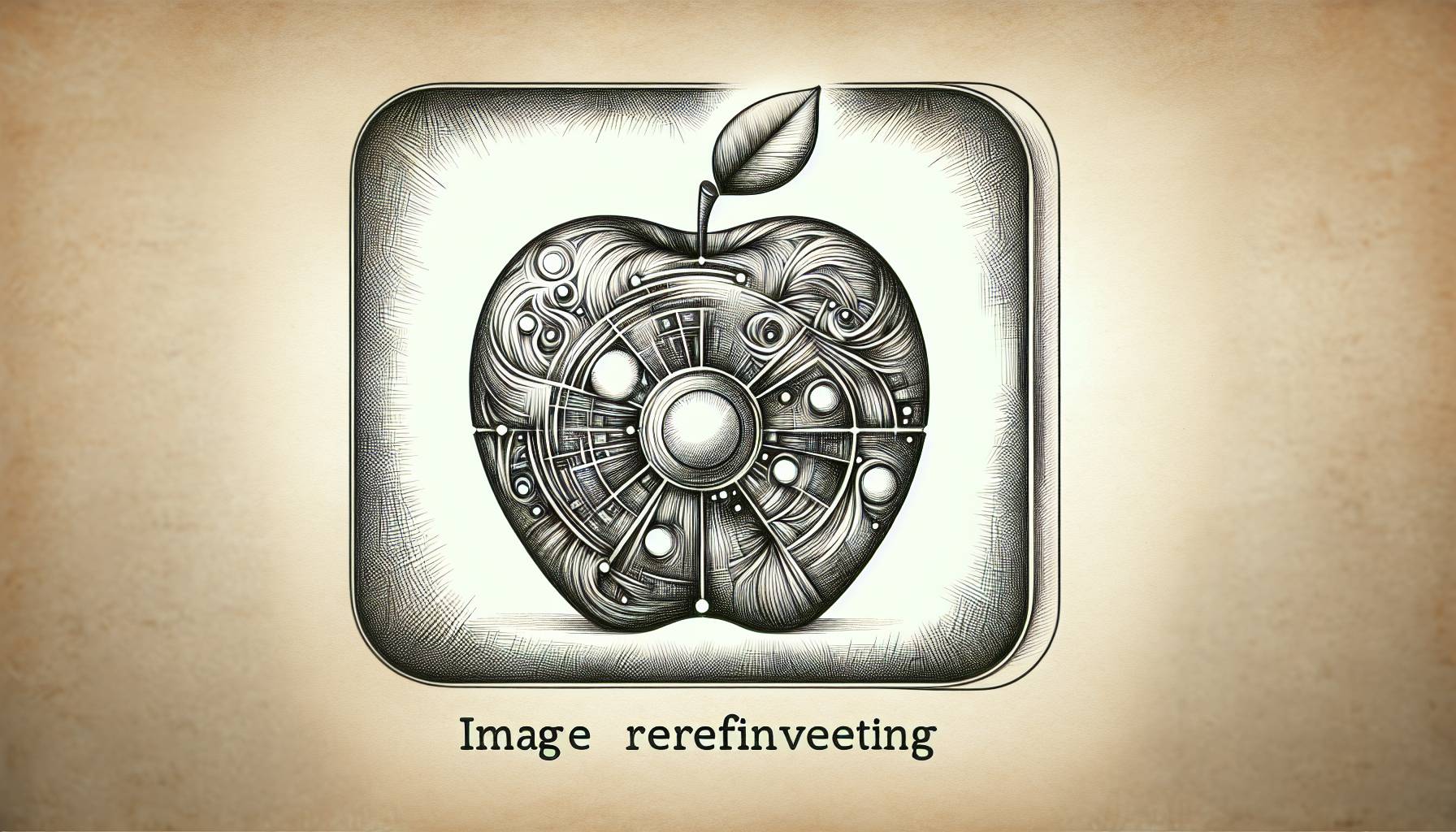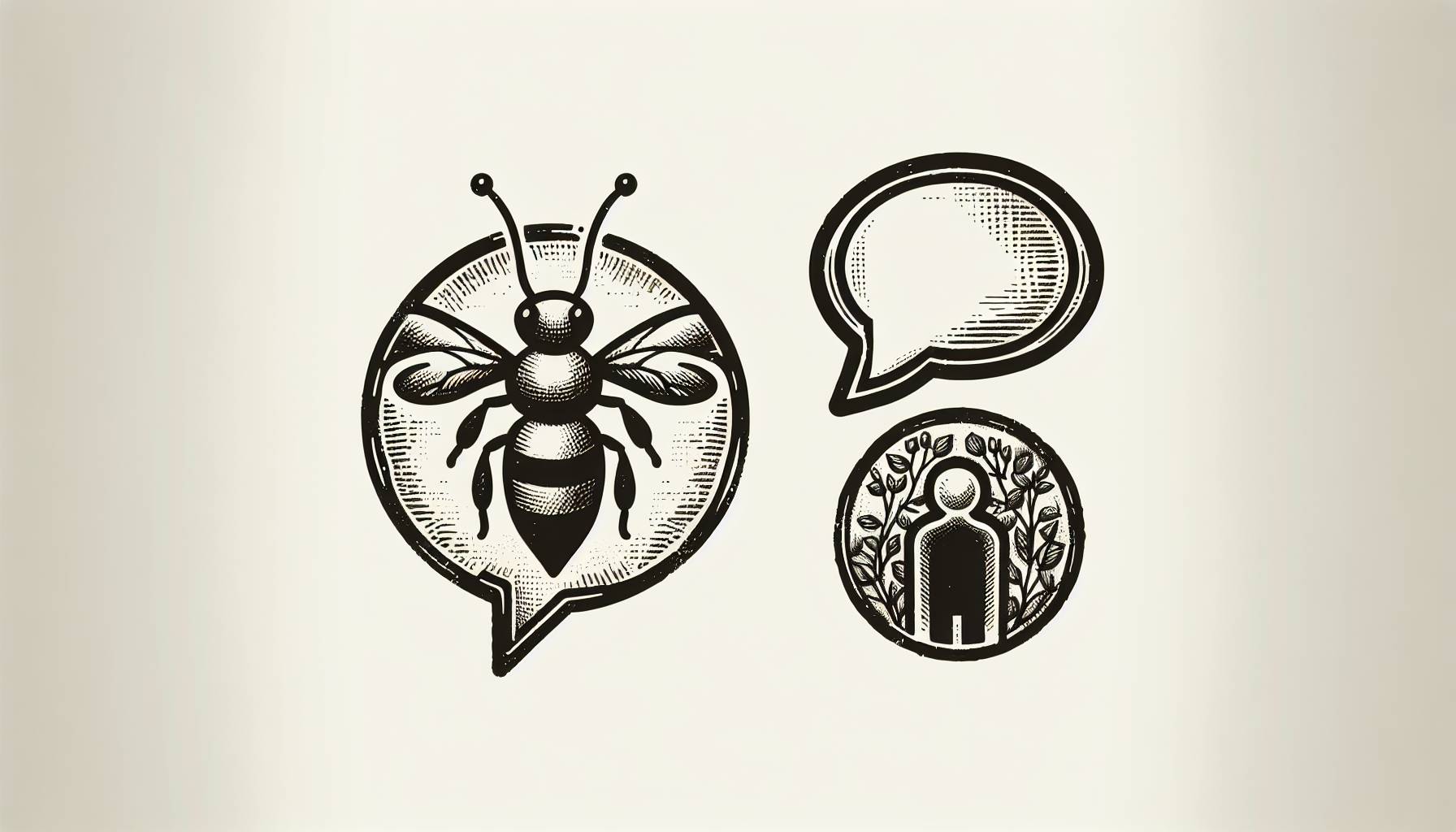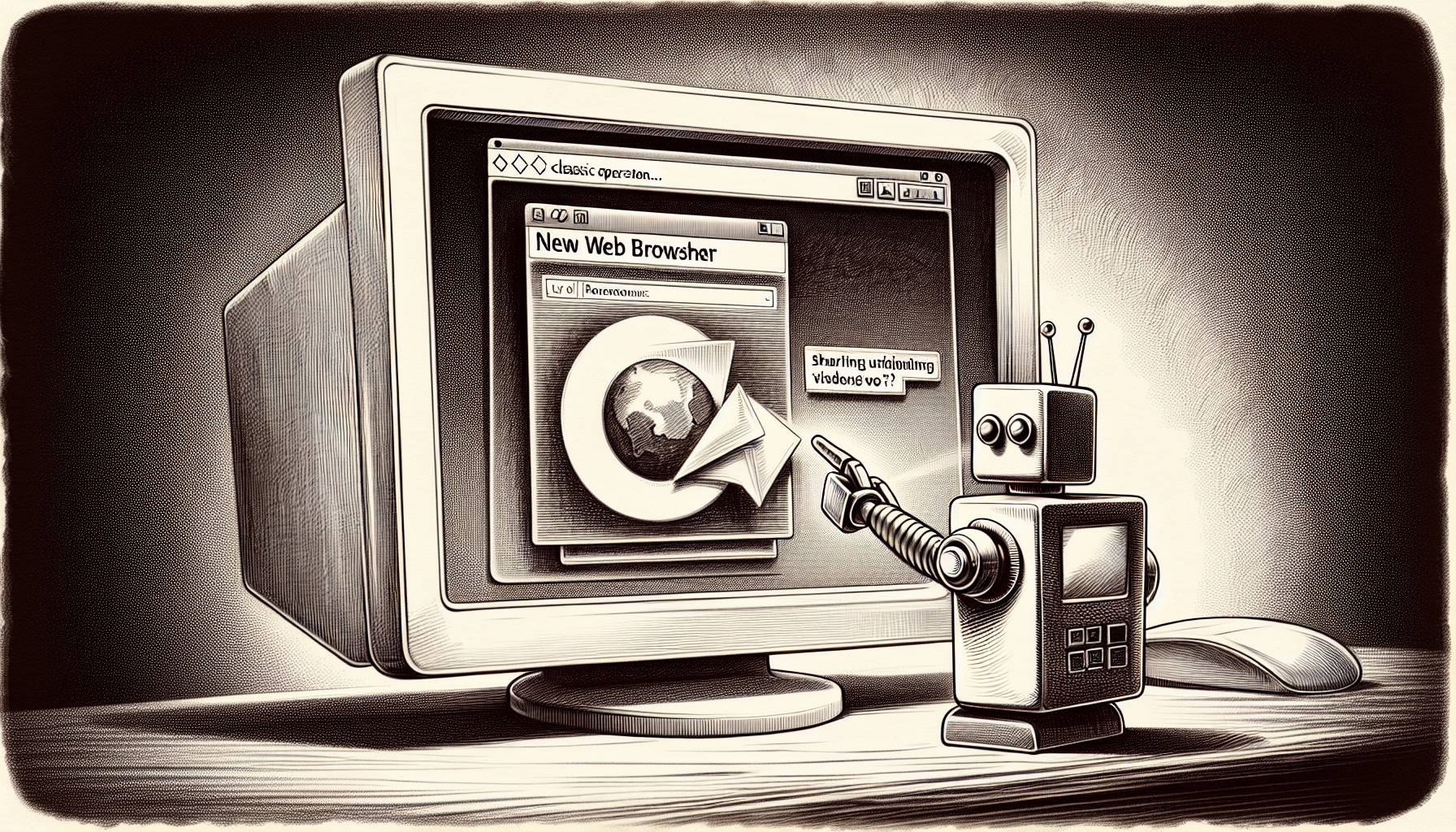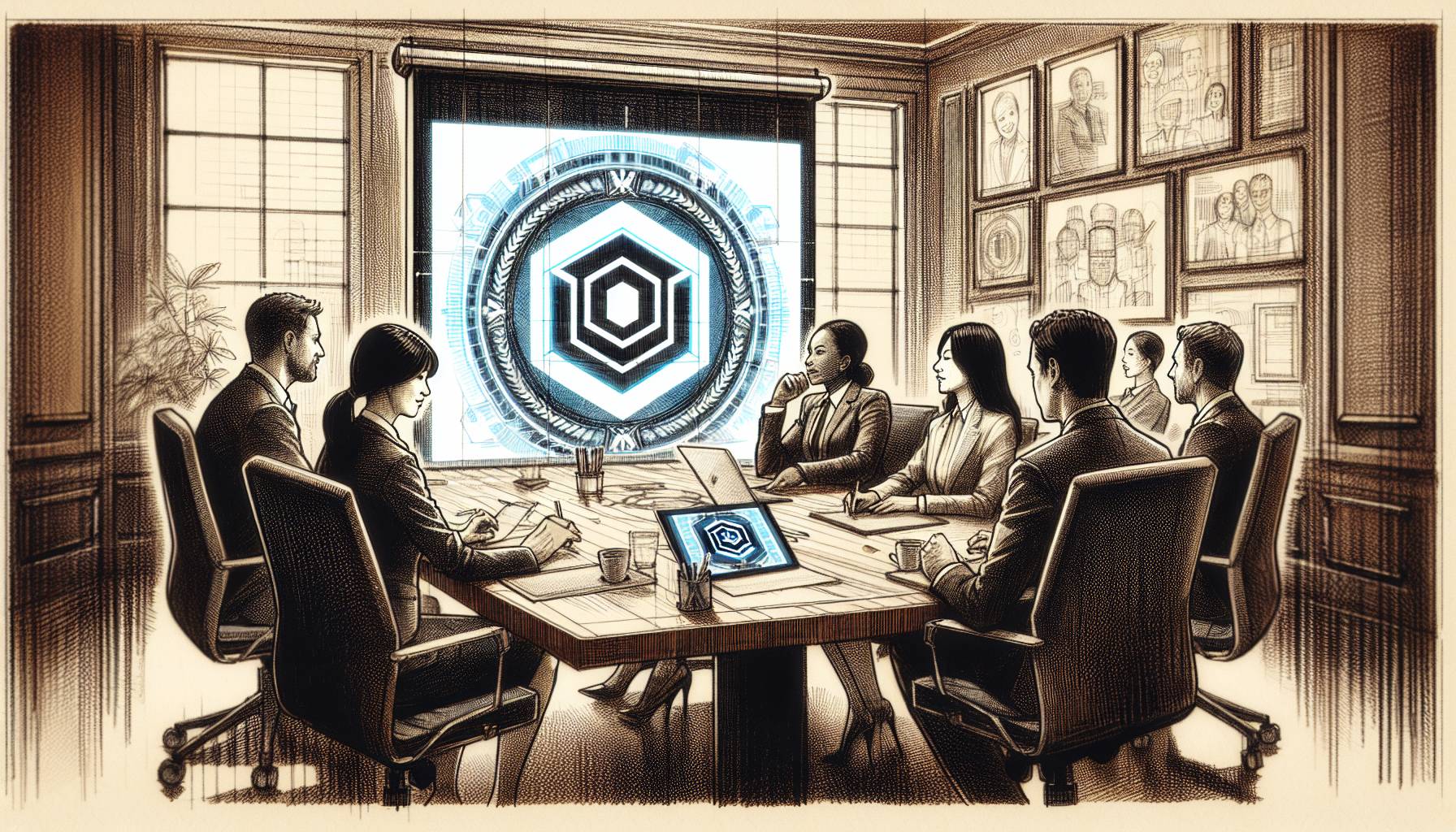Minecraft, the immensely popular sandbox game developed by Mojang, has taken the gaming industry by storm since its release in 2011. With its open-ended gameplay and endless possibilities, Minecraft has attracted a massive player base across all age groups and platforms. In this article, we will delve into the fascinating statistics surrounding Minecraft, providing you with an in-depth understanding of its popularity and impact.
Minecraft’s Impressive Sales Figures
Minecraft’s sales figures are nothing short of spectacular, showcasing its widespread appeal and enduring popularity. Since its official release in 2011, the game has achieved unprecedented success, selling over 238 million units globally. This remarkable achievement places Minecraft as the second-best-selling video game of all time, trailing only behind the iconic Tetris, which has sold around 520 million copies.
The game’s universal appeal transcends age, culture, and gaming platform preferences. One of the key factors contributing to its success is the Minecraft Pocket Edition, tailored for mobile users, which alone accounted for 93 million sales in 2021. This version has significantly expanded Minecraft’s reach, allowing players to engage with the game on the go, thereby broadening its user base beyond traditional PC and console gamers.
Moreover, Minecraft’s appeal is not confined to any single platform. In 2020, the game sold an impressive 5.43 million copies on the Xbox One, highlighting its widespread popularity across different gaming consoles. This cross-platform success is a testament to Minecraft’s versatile nature, offering something for everyone regardless of their preferred gaming system.
The ongoing popularity of Minecraft is supported by its dynamic and evolving gameplay. Unlike many video games that have a definitive end or become outdated over time, Minecraft offers an ever-changing landscape with regular updates, new content, and endless possibilities for creativity. This keeps existing players engaged and continually attracts new audiences.
In addition to individual sales, Minecraft has fostered a massive online community. Players share creations, collaborate on projects, and engage in multiplayer adventures, further fueling the game’s popularity. This community aspect has become integral to the Minecraft experience, with user-generated content and shared experiences contributing significantly to the game’s longevity.
The educational aspect of Minecraft, particularly through the Minecraft: Education Edition, has also contributed to its sales and usage. Schools around the world have adopted Minecraft as a teaching tool, further solidifying its position in the market and demonstrating its versatility beyond mere entertainment.
In summary, Minecraft’s staggering sales figures are a reflection of its broad appeal, adaptability, and the strong community it has built. The game continues to break barriers, transcending traditional gaming demographics and platforms, making it a true cultural phenomenon in the gaming world.
Minecraft’s Active User Base
Minecraft’s ability to maintain and grow its user base is nothing short of impressive. As of 2023, the game boasts a staggering 174 million monthly players, reflecting its unwavering popularity and ability to engage users over long periods. This enduring appeal is further highlighted by the 25% growth in its player base during the COVID-19 pandemic, a time when many turned to digital platforms for entertainment and social interaction.
The demographic composition of Minecraft’s player base showcases the game’s broad appeal. While children, especially boys within the 3-12 age group, constitute a significant portion, making up 54% of the demographic, the game transcends age and gender barriers. Remarkably, the average Minecraft player is 24 years old, indicating that the game is not just for children but for adults as well. This diversity highlights Minecraft’s universal appeal and its ability to cater to various interests and backgrounds.
The game’s ability to attract a diverse audience can be attributed to several factors. First, Minecraft offers a sandbox experience, allowing players to create, explore, and survive in a world limited only by their imagination. This open-ended gameplay appeals to creative individuals, strategists, and adventurers alike, making it a versatile gaming experience.
Furthermore, Minecraft’s regular updates, community-driven events, and modding capabilities keep the game fresh and engaging. These updates often introduce new content, features, and challenges, reinvigorating the community and attracting new players.
The social aspect of Minecraft also plays a critical role in its sustained popularity. The game supports multiplayer mode, enabling players to connect, collaborate, and compete with friends and strangers worldwide. This social component has become even more crucial during times of social distancing, providing a virtual space for interaction and cooperation.
Additionally, Minecraft’s educational potential has broadened its user base. The Minecraft: Education Edition is used in classrooms around the world to teach subjects like history, math, and computer science through interactive, game-based learning. This educational angle not only makes Minecraft a tool for entertainment but also a valuable educational resource.
In summary, Minecraft’s active user base is a testament to the game’s enduring appeal and its ability to adapt to the changing dynamics of the gaming world. Its diverse player demographic, combined with continuous updates and a strong community, ensures that Minecraft remains a beloved title among gamers of all ages and backgrounds.
Minecraft’s Influence on Education
Minecraft’s impact extends far beyond entertainment, making significant contributions to the educational sector. The launch of Minecraft: Education Edition in 2016 marked a pivotal moment, transforming the game into a dynamic educational tool. This specialized version is designed to integrate seamlessly into school curriculums, fostering not just creativity but also critical thinking, collaboration, and problem-solving skills among students.
The reach of Minecraft: Education Edition is global, with over 35 million students and educators from 115 countries utilizing the platform. The success of this educational initiative lies in its immersive and engaging content, which has been developed through collaborations with prestigious organizations such as NASA and BBC Earth. These partnerships have enabled the creation of unique educational experiences that span various subjects and real-world scenarios, making learning more interactive and enjoyable.
In Sweden, Minecraft’s educational potential has been recognized to the extent that it has been made a compulsory part of the curriculum for 13-year-old students in certain schools. This pioneering approach uses the game as a medium to teach a variety of subjects, from environmental issues to engineering principles. By employing Minecraft as a teaching tool, educators are able to present complex concepts in a more accessible and engaging manner, encouraging students to explore and learn in an open-ended environment. This method has proven to be particularly effective in fostering engagement and enhancing students’ understanding of various topics.
The use of Minecraft in education demonstrates the game’s versatility and its potential to revolutionize traditional teaching methods. By providing a platform that combines fun with learning, Minecraft: Education Edition has emerged as a powerful tool in modern education, enabling teachers to deliver lessons in a way that resonates with the digital generation. It underscores the shifting paradigms in educational technology and highlights the growing importance of gamification in learning processes.
Minecraft’s influence on education is a testament to the game’s adaptability and its ability to bridge the gap between entertainment and educational content. As more schools and educators adopt Minecraft as a teaching resource, it continues to shape educational landscapes around the world, making learning an engaging, collaborative, and creative experience.
Minecraft’s Cultural Impact
Minecraft’s cultural impact is vast and varied, stretching well beyond the confines of the digital gaming world. The game has fostered an expansive online community that transcends geographical and cultural boundaries. On platforms such as YouTube, Minecraft has become a cultural phenomenon, with videos related to the game amassing over 1 trillion views. This staggering statistic underscores the widespread appeal and influence of Minecraft, with a community of over 35,000 content creators from 150 different countries producing a diverse array of content, from instructional build videos and tutorials to immersive storytelling experiences.
This extensive network of content creators has played a crucial role in cementing Minecraft’s place in popular culture, offering endless entertainment and learning opportunities for viewers worldwide. The game has become a platform for creative expression and community building, enabling players and viewers to share experiences, ideas, and creations with a global audience.
Moreover, Minecraft’s influence extends into the real world, impacting areas such as education, family dynamics, and social interactions. The game is celebrated for promoting creativity, critical thinking, and collaboration, skills that are highly valued in educational and professional contexts. Its open-ended, cooperative gameplay has made Minecraft a popular choice for family gaming, providing a space for players of all ages to come together, collaborate, and share experiences. In fact, 11% of parents report playing Minecraft with their children, highlighting the game’s role in facilitating family bonding and shared digital experiences.
The cultural impact of Minecraft is also evident in its application in educational settings. Schools around the world have incorporated Minecraft into their curriculum, using the game as a tool to teach a variety of subjects, from science and mathematics to history and language arts. This innovative approach to learning leverages the game’s immersive, interactive environment to engage students in a way that traditional educational methods may not, thereby enhancing their understanding and retention of the material.
In summary, Minecraft’s cultural impact is significant and multifaceted. The game has transcended its origins as a simple sandbox game to become a global cultural phenomenon, influencing areas as diverse as digital content creation, education, and family entertainment. Through its vast community, educational applications, and role in family dynamics, Minecraft continues to shape and reflect contemporary culture in unique and enduring ways.
Minecraft’s Revenue Generation
Minecraft’s financial success is as impressive as its cultural impact and sales figures. In 2021, the game achieved remarkable revenue, generating $380 million, with a significant portion, approximately 41% or $110 million, coming from mobile platforms. This enduring financial success underscores the game’s continued appeal and relevance, despite being over a decade old.
The consistent revenue stream from Minecraft can be attributed to several factors. First, the game’s expansive user base, which spans diverse demographics, ensures steady sales and in-game purchases. The introduction of Minecraft: Education Edition and various spin-offs and expansions, such as Minecraft Dungeons, has opened additional revenue channels for the franchise.
Furthermore, Minecraft’s revenue benefits from a model that encourages continuous engagement through microtransactions. The game offers a variety of downloadable content (DLC), skins, texture packs, and custom worlds, allowing players to customize their gaming experience. This model not only enhances player engagement but also represents a significant revenue source beyond the initial game purchase.
The game’s strategy of regular updates and community-driven content has fostered a vibrant ecosystem where players are motivated to invest in their Minecraft experiences. Each update brings new features, items, and worlds that keep the game fresh and engaging, prompting players to return and spend more.
Additionally, Minecraft’s licensing deals and merchandise have contributed to its revenue. The brand has expanded into physical toys, clothing, and accessories, further diversifying its income streams and leveraging its widespread recognition and popularity.
In summary, Minecraft’s continued financial success is a testament to its enduring appeal, innovative revenue models, and the diverse ways in which it engages its global player base. Despite the passing years, Minecraft continues to be a powerhouse in the gaming industry, driving significant revenue and showcasing the potential of sustained community engagement and content innovation.
Future Developments and Innovations in Minecraft
As Minecraft continues to dominate the gaming world, future developments and innovations remain a topic of keen interest for players and industry observers alike. This section delves into potential advancements, updates, and community-driven changes anticipated in the coming years, shaping the evolution of this iconic game.
Technological Advancements: Minecraft has consistently embraced new technologies to enhance the gaming experience. Looking ahead, we might expect further integration of virtual and augmented reality, offering more immersive ways to explore and interact with the Minecraft universe. As hardware improves, so too will the possibilities for more complex and engaging game environments.
Educational Expansion: The success of Minecraft: Education Edition opens doors for broader educational applications. Future developments could include more tailored educational content covering a wider range of subjects, facilitating deeper integration into school curriculums worldwide. Additionally, partnerships with educational institutions and organizations may expand, further establishing Minecraft as a valuable learning tool.
Community and Modding Innovations: The Minecraft community has been instrumental in the game’s development through mods and custom content. Future innovations may include enhanced support for modders, new collaboration tools, and platforms that make it easier for players to share and discover custom content. As the community grows, so too will the diversity and creativity of contributions, keeping the game fresh and engaging.
Sustainability and Social Responsibility: With increasing global focus on sustainability and social responsibility, Minecraft has the potential to become a platform for raising awareness and educating players on these critical issues. Future updates could introduce elements that promote environmental conservation, social justice, and other important themes, leveraging the game’s vast reach to inspire positive change.
Global Expansion and Localization: As Minecraft continues to expand its global footprint, further localization and cultural customization will become increasingly important. Future developments may focus on making the game more accessible to diverse global audiences through language support, culturally relevant content, and region-specific events, fostering a more inclusive and global Minecraft community.
In conclusion, the future of Minecraft looks bright, with numerous opportunities for growth, innovation, and positive impact. As the game evolves, it will continue to offer new and exciting experiences for players, contribute to educational initiatives, and foster a supportive and creative community. The journey of Minecraft is far from over, and its continuing evolution will undoubtedly provide players with endless opportunities for exploration, learning, and fun.
Conclusion
Minecraft’s journey from a simple sandbox game to a global phenomenon encapsulates a tale of unprecedented success and influence. The statistics surrounding Minecraft highlight not just its commercial triumph but also its significant impact on various facets of culture and education. Boasting an enormous active player base, the game transcends conventional gaming boundaries, appealing to a broad spectrum of ages and demographics.
The game’s integration into educational settings through Minecraft: Education Edition showcases its potential as a tool for learning and creativity, reaching beyond mere entertainment to influence teaching methodologies worldwide. Additionally, Minecraft’s cultural impact, evidenced by its massive presence on platforms like YouTube and its influence on family and community interactions, underscores its role in shaping digital and real-world social landscapes.
Minecraft stands as a testament to the power of community and creativity in the digital age. As it continues to evolve, introducing new features and engaging more players, its statistics serve as a testament to its enduring appeal and the ever-growing community that surrounds it. The game’s ability to adapt, grow, and remain relevant in an ever-changing industry ensures that its legacy will continue to expand and inspire for years to come.
In conclusion, Minecraft is more than just a game; it’s a cultural icon that continues to shape, influence, and inspire. Its impressive sales, active user base, educational impact, and cultural significance make it a standout title in the gaming world. As Minecraft continues to grow and adapt, its journey remains a key narrative in the story of modern gaming, demonstrating the lasting power of innovation and community engagement.
FAQ Section: Minecraft Statistics and Trends
What are the statistics of Minecraft?
Minecraft remains a significant player in the gaming industry, with over 166 million monthly active players and generating over $318 million in revenue in 2021. The game has sold over 300 million copies across all platforms and has seen considerable success, particularly with its Chinese edition, downloaded over 475 million times.
What is the average age of a Minecraft player?
The average age of Minecraft players is primarily between 15 to 21 years old, making up 43% of its player base. The game also has significant groups of players aged 22 to 30 and those under 15.
How do you see stats in Minecraft?
To see stats in Minecraft, you can access the in-game menu which typically lists achievements and statistics like blocks mined, distance traveled, and monsters defeated. This varies depending on the version and platform of the game you’re playing.
Is Minecraft still popular in 2024?
Yes, Minecraft continues to be extremely popular in 2024, with more than 169 million people playing the game in the last 30 days. The game experiences regular updates that keep the user base engaged.
When did Minecraft lose its popularity?
While Minecraft has seen fluctuations in its popularity, it has never really lost its appeal significantly. The game continues to grow, with active players increasing yearly since its launch.
Will Minecraft be popular forever?
While predicting the long-term popularity of any game is challenging, Minecraft’s continuous updates, active community, and diverse gameplay options suggest it could maintain its popularity for many years to come.
What year was Minecraft most played?
Minecraft saw its peak monthly active users in 2020, with 131 million people playing the game. The game has maintained high user engagement over the years.
Why is Minecraft declining?
Although Minecraft has seen slight decreases in monthly active players at certain times, it hasn’t faced a significant decline. Fluctuations are normal in the lifecycle of any game. The game continues to attract a vast number of players due to regular updates and a strong community.
What year was Minecraft the most popular game?
Minecraft’s popularity has been consistent since its release, with significant spikes in player count over the years. The year 2020 was notable for reaching its highest recorded monthly active users, showcasing its enduring appeal.
Featured Image Credit: Photo by Nina Rivas; Unsplash – Thank you!

